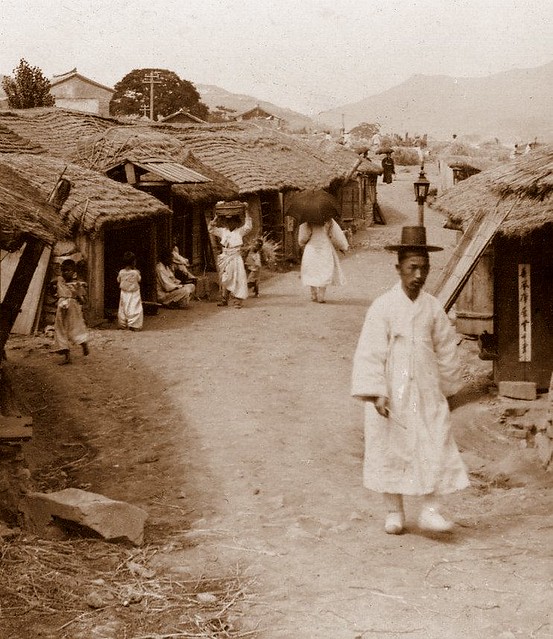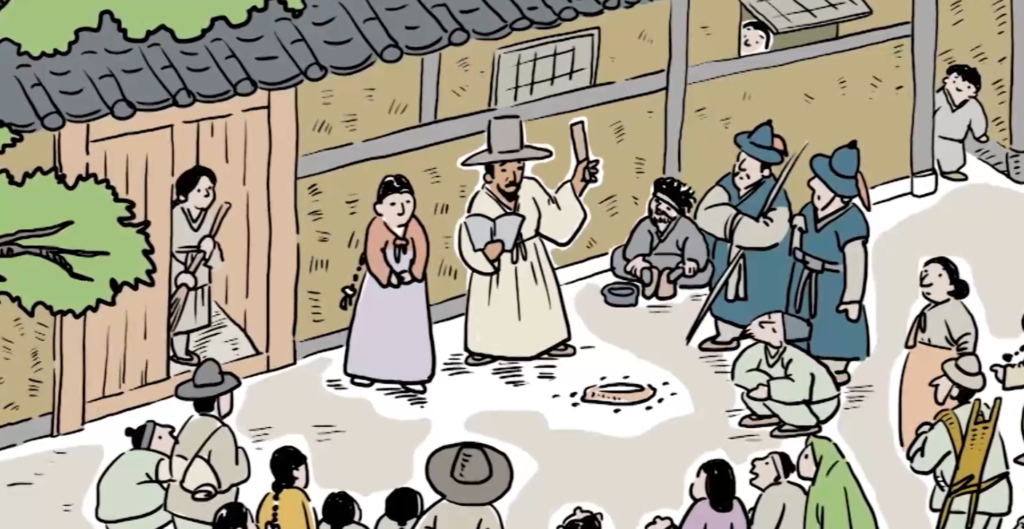Heya friendos! I am once again stationed at my occasional work post as an interim cat sitter. That means two things: I’m getting yummy food in the center of Paris and I’m changing up my work schedule because I don’t have access to my own workstation and tools. Today, we’ll talk about how research and history can inspire.
How Am I Doing?
I’ve been feeling great! Me and my partner are having a sort of staycation in Paris. We’re minding my brother’s cats, which is something that I do from time to time. It’s always interesting how a change of environment changes your mindset as well. We usually don’t go out that often, but when we’re here we have to take advantage of all the nice cafes and restaurants in the neighborhood, walk along the canal and the parks, go climbing in the boulder gym nearby, and so forth.
I also don’t have my own workstation here, so a full week of heads-down coding is generally out of the question. So what did I do instead?
What Am I Doing?
First off, I had a call with my good friend and creative confidante Koen to talk about life and game audio. We will be collaborating on the Rumorweaver demo, particularly on the hearable aspects of the game. What’s particularly interesting about making a historically accurate game is researching what materials they used back then. Finding out about what materials and techniques painters used was the initial inspiration for the game’s unique art style. Looking at audio through that same lens is interesting as well.
The Sounds of Joseon
‘Rumorweaver’ set in during the Joseon dynasty, a 500-year lasting kingdom on the Korean peninsula. This period oversaw many interesting shifts in culture, including the invention of the modern Korean alphabet. It’s both a period of great scientific progress and a stark class divide.

Imagine what walking through a city street sounds like back then. We take the sounds of shoes on stone for granted. Were the streets cobblestone? Did commoners even wear shoes? Hundreds of bare feet stomping the mud is a very different ambiance than the modern autoway you might’ve imagined initially. As do sandals in the sand. Were horses and carriages common? These are all questions that can inform and inspire your game’s soundscape.
Research of the Everyday
Naturally, I had done some research for the story’s outline already, but now it was time to get into the nitty-gritty of Joseon people’s daily life. Luckily, I found this extremely useful website from the National Institute of Korea History. It contains many bitesize videos about the culture of the times, ranging from science to entertainment to food.
Of course, there’s a lot of information on the royal family, important religious ceremonies, and other large-scale events, since those records are generally well-kept. But if you want to find the mundane and the common, you need to pick and choose what’s going to be useful. You look at what commoners crafted, what they wrote on, what kind of labor they needed to fulfill, and what they did in their spare time.
Then, to simulate what life in the street could sound like, you’d need to make a facsimile of those activities and convincingly spatialize them. For example, cloth of many different materials was used as currency and to pay taxes in the Joseon dynasty. That means that people might walk around with bolts of cloth when they go to the market. That cloth was also widely produced by many different households, so maybe you could even hear an old woman working the loom from out on the streets. But then, what would a loom from that time sound like? And thus you chase down your next lead.

It’s not an easy task, but so much information I’ve gathered along the way inspires new ideas. For example, when the new writing system was introduced, reading fiction novels became very popular entertainment. But not everyone was able to read, or had the money to acquire copies of their own. To counteract that, public speakers would go out in the streets and would read from the novels to anyone who wanted to listen. That’s basically the Joseon variant of a modern audiobook! Supposedly, the speaker would withhold the climax of the story, and the audience would throw coins at them to persuade them to finish. That already sounds like an interesting game mechanic to me!
Why Am I Doing? (this)
Slowly, the world of Rumorweaver is crystalizing in my mind. Soon, I will be able to imagine what a busy market street looks and sounds like. If we can somehow capture that atmosphere in our demo, I think we might be ready to start pitching. All in due time. For now, I have to dive back into my research. Adieu!
